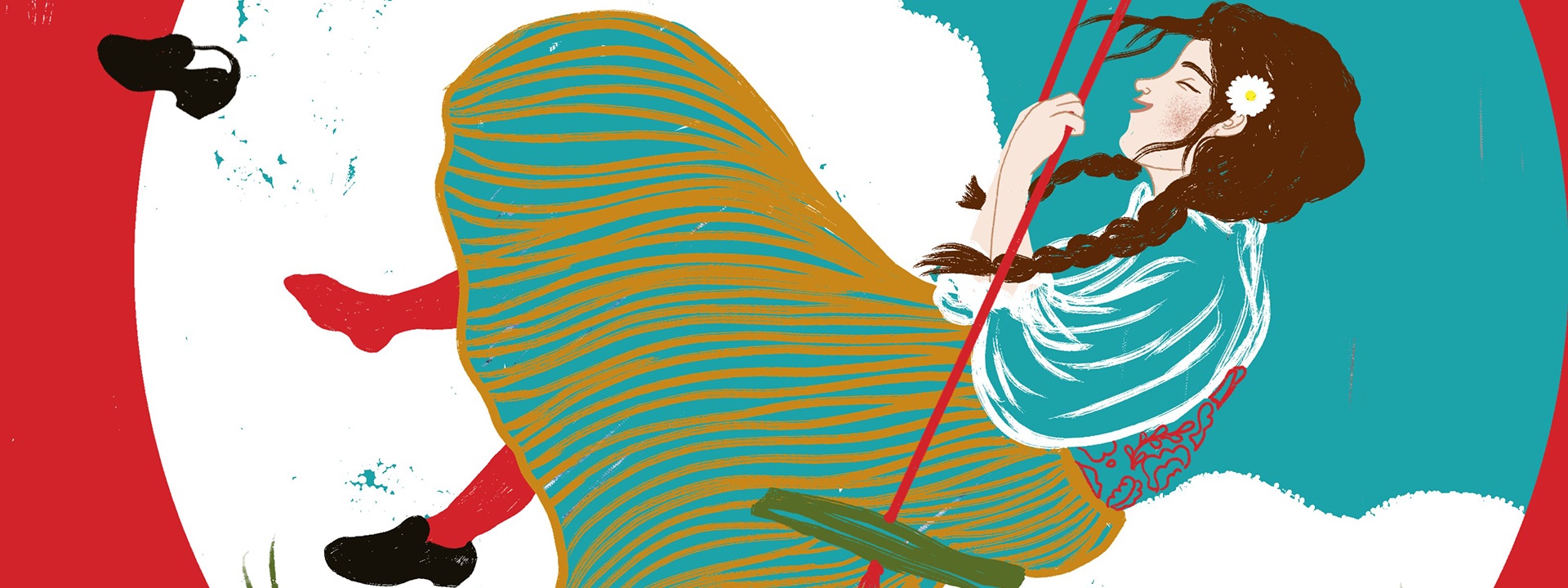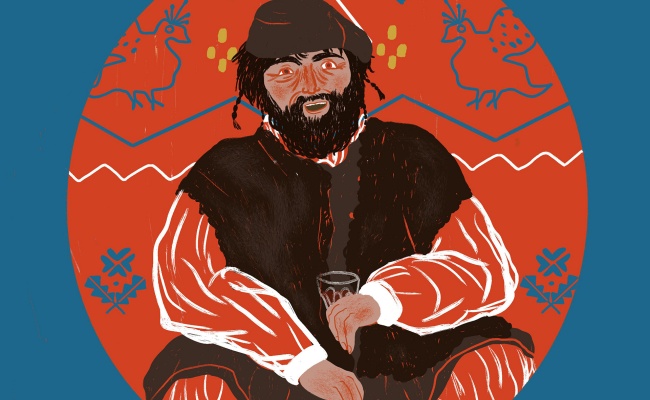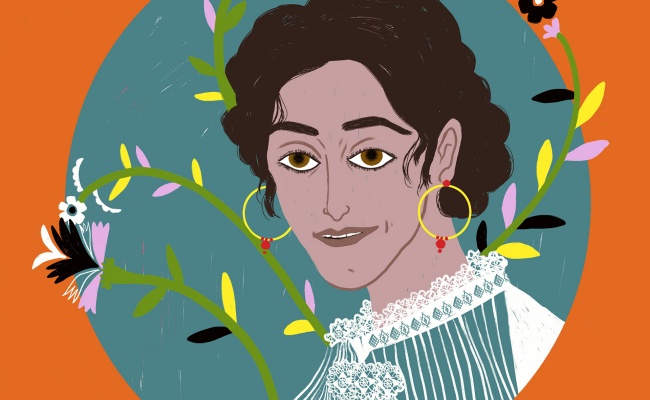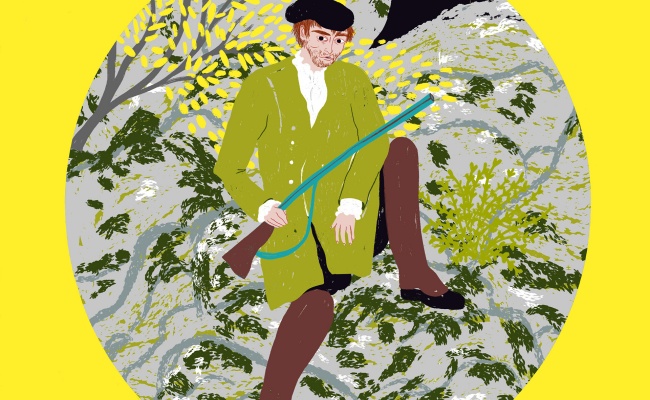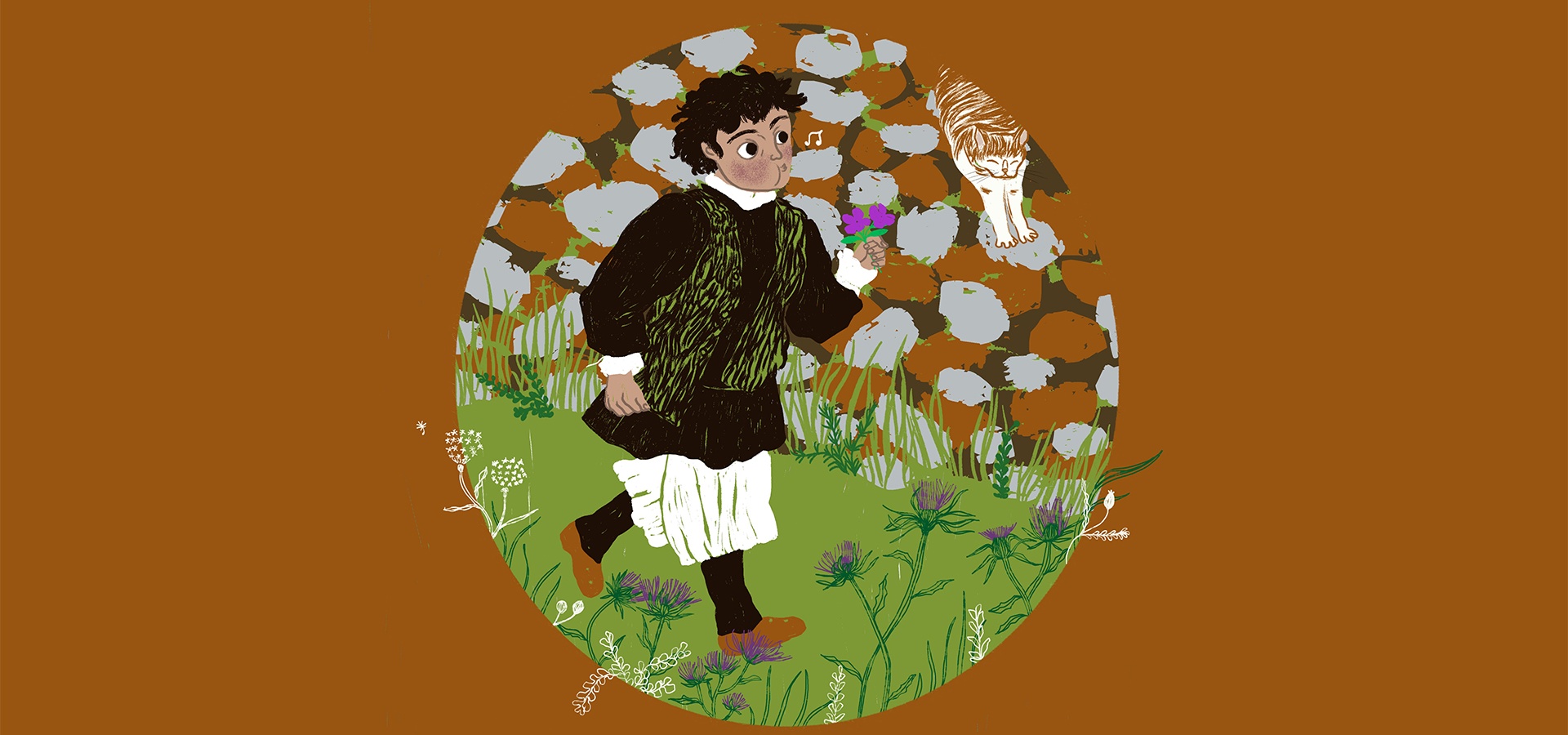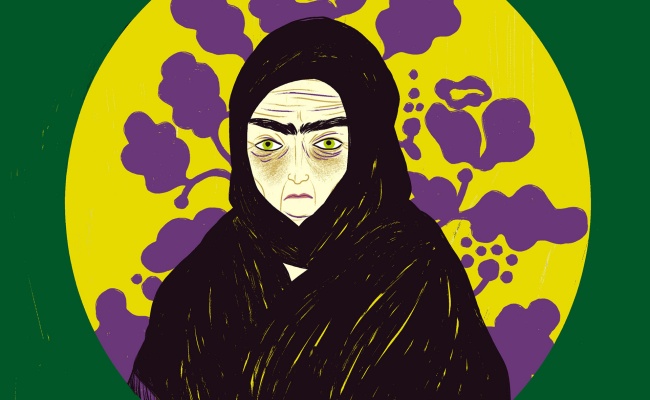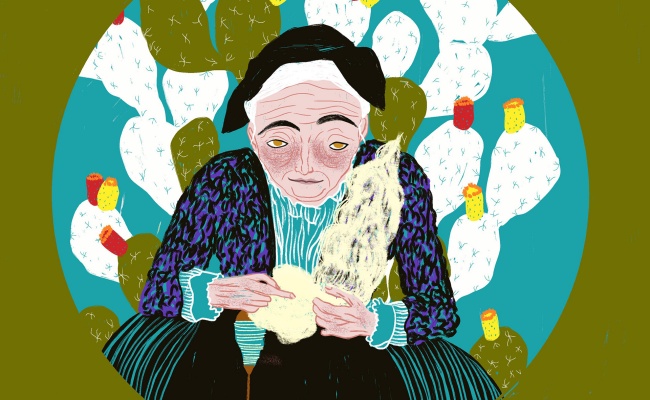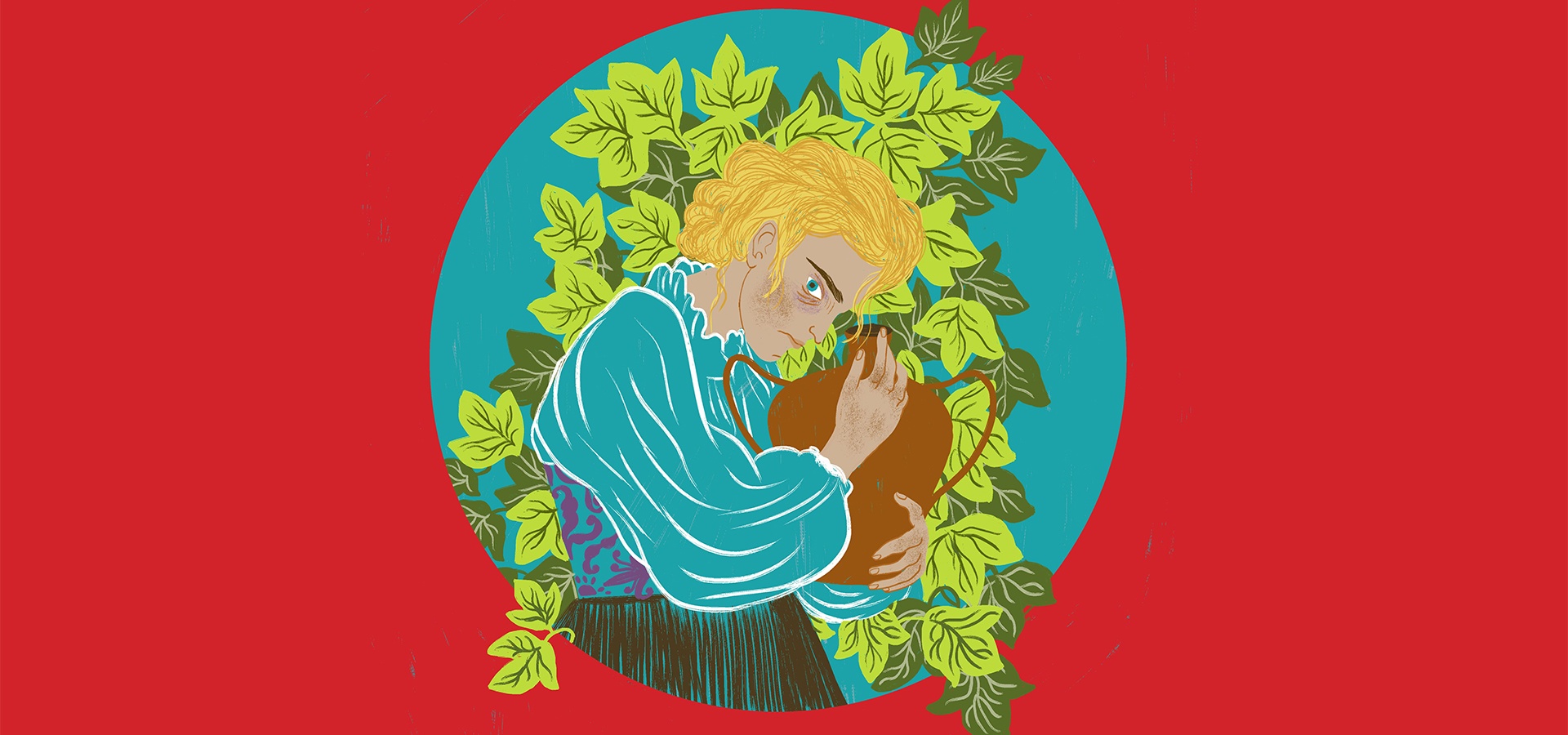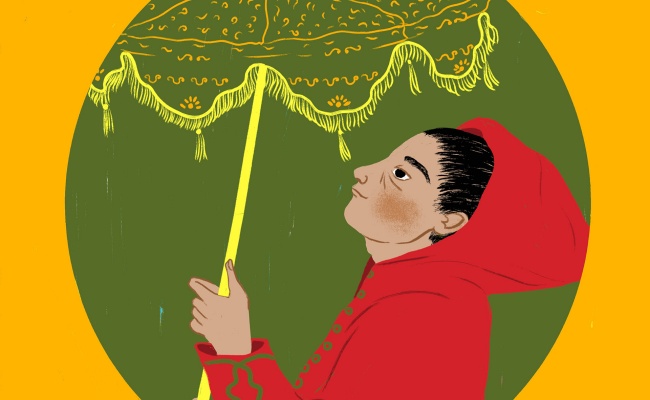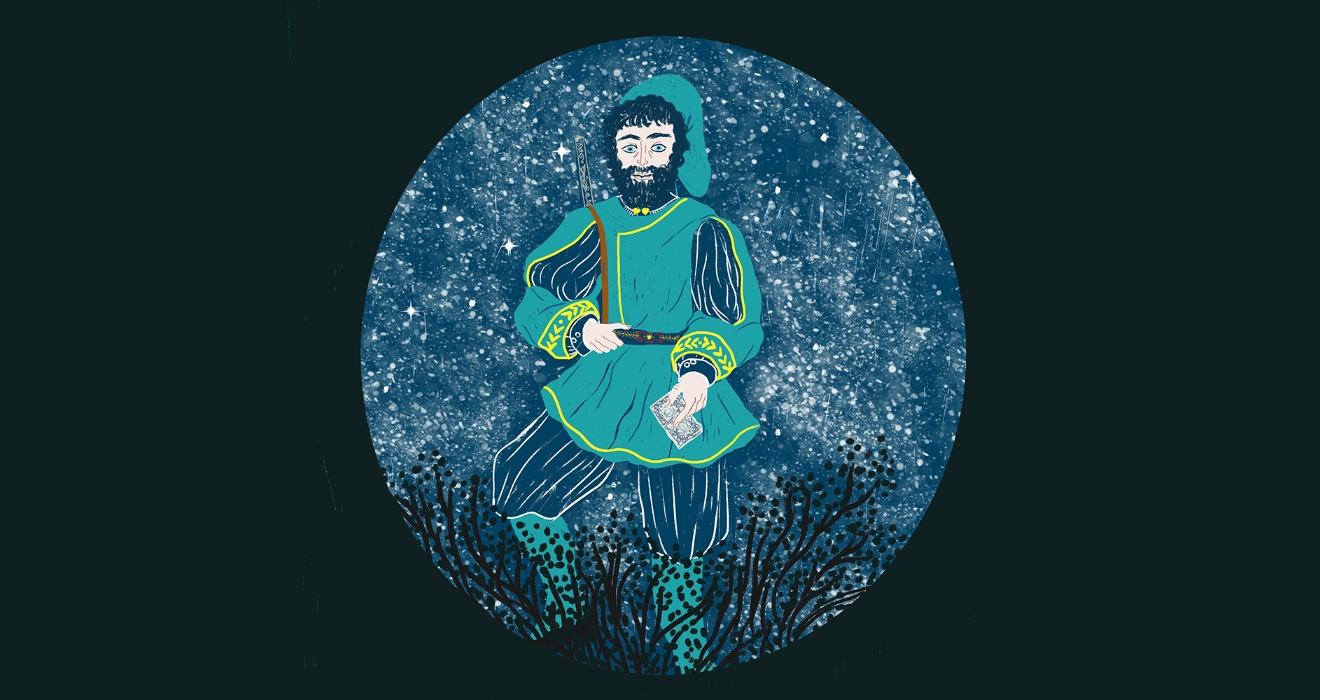Grazia Deledda was awarded the Nobel Prize in Literature in 1926 ‘for her idealistically inspired writings which with plastic clarity picture the life on her native island and with depth and sympathy deal with human problems in general’.
Grazia Deledda’s Characters
Description
The power and depth of her writing are what make the Nuoro author’s novellas and novels still current and fascinating today. Her characters are at once both symbolic and realistic: we identify with the ambitions, hopes and drives of the human spirit; we get emotionally involved seeing them fight against – and often succumb to – an inevitable fate.
From the beginning, Deledda’s stories were strewn with characters grappling with guilt and innocence, moral law and its exceptions and infractions. In La via del male (1896), meaning ‘the way of evil’, Maria chooses to look the other way when faced with an inconvenient truth that would destroy her happiness. In Anime oneste (1895; trans. Honest Souls), we look through the eyes of Anna, watching Caterina’s transition from infancy to adulthood and her search for happiness, indifferent to the unhappiness of others.
There is love, but also friendship, like that between Costantino and Simone in Marianna Sirca (1915; trans. Marianna Sirca), there’s the innocence of Pretu in Colombi e Sparvieri (1912), meaning ‘doves and sparrow hawks’, and the cunning of Zio Berte in Elias Portolu (1900; trans. Elias Portolu).
A century separates us from the world of Grazia Deledda.
A world of which the author sometimes reveals current issues and transformations.
In Dopo il divorzio (1902; trans. After the Divorce), Deledda imagines a world in which divorce is already possible (the Italian prime minister Zanardelli’s draft bill to legalise it had been presented the previous year) and in which Giovanna tries to escape the poverty resulting from her husband’s imprisonment by remarrying, driven partly by her mother Bachisia’s pragmatism, only to find herself at the centre of the town’s disapproval.
More often, Deledda’s characters are fervent upholders of the moral code that guides them and that they often find themselves violating.
Annesa, the main character in L’Edera (1907; trans. Ivy), the ‘soul daughter’ of the Decherchi family, kills the old miser Zio Zua in order to save the family, and in particular her beloved, Paulu, from financial ruin. Her tormented soul and arduous path to redemption make this novel a masterpiece of Italian literature.
In these works, the social norms, superstitions, behaviour and laws are, in part, very different from our own.
The transgressions and scandals sometimes seem lighter or more inexcusable, when seen through contemporary eyes. But this does not prevent us from grasping the profound truth even in characters deeply tied to that bygone world, like Maria Maddalena and Paulo in La madre (1919; trans. The Mother). Their desires and feelings of guilt, partly in light of the innocence of the altar boy, Antioco, make them even more current and universal.
Grazia Deledda also had an ironic side and a healthy dose of verve, which often emerge in her stories and short texts, like her retelling of the legend of St Michael the Archangel, in which the old egg seller Zia Biròra is helped by none other than the Archangel, who gives her 100 lire, but later turns out to be a brutal, albeit quite elegant, bandit.
 Nuorese Cultural District
Nuorese Cultural District